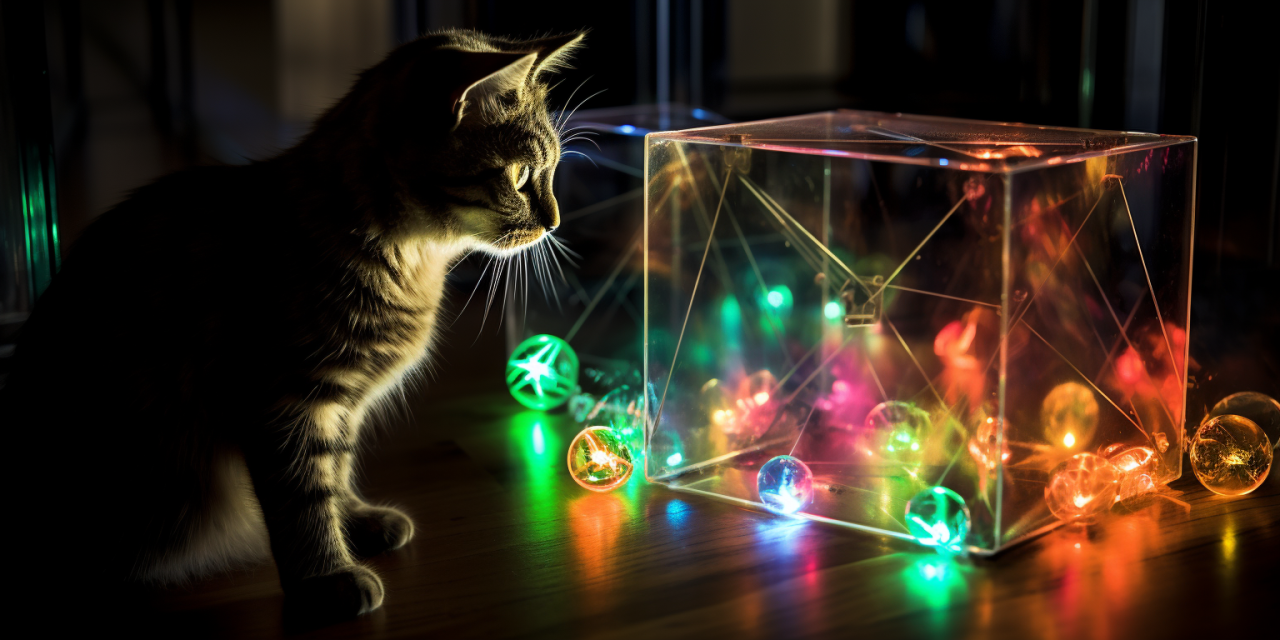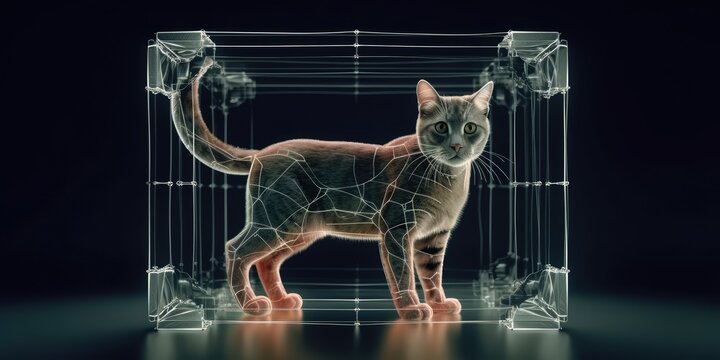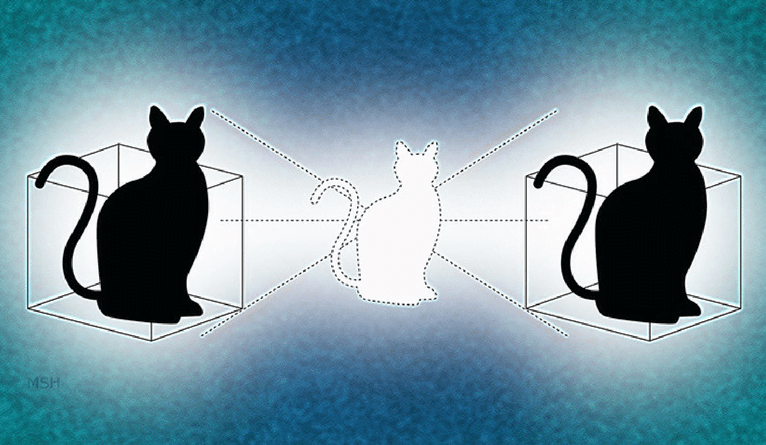Quantum physics just reached new heights. Scientists at the University of Science and Technology of China claim they’ve maintained atoms in a state of quantum superposition for an astonishing 23 minutes. Listed on the preprint site ArXiv, the study’s findings could make quantum devices more robust and reveal hidden wonders in quantum physics.
What is Superposition?

Superposition allows particles to exist in multiple states at once, although their precise state is unknown until observed. Photons and electrons display this behavior, acting like waves that cover multiple locations simultaneously rather than singular points. However, observation causes the superposition to collapse, revealing only one definitive state—similar to how a spinning coin is both heads and tails until it lands, showing one or the other.
The Schrödinger’s Cat Connection
The concept of superposition is often associated with Schrödinger’s Cat, a thought experiment proposed by physicist Erwin Schrödinger. Imagine a cat placed in a box with radioactive material that decays randomly. If decay occurs, the cat dies; if not, the cat lives. Until the box is opened, the cat exists in a state of superposition—both alive and dead. Schrödinger intended this paradox to highlight the peculiar and, at times, seemingly absurd nature of quantum mechanics.
Breaking New Ground in Quantum Stability

Historically, researchers have observed superposition in tiny objects like photons and minuscule crystals, but their stability was fleeting. This new study, led by physicist Zheng-Tian Lu, achieved a far more durable superposition state with a breakthrough technique.
In their experiment, the scientists used 10,000 ytterbium atoms cooled to a fraction above absolute zero, trapping them with laser light’s electromagnetic forces. This enabled them to precisely manipulate the atoms, putting each into two concurrent states with distinct spins.
Typically, environmental disturbances force atoms to collapse into a single state within seconds or milliseconds. Yet, with finely tuned lasers, the researchers held the superposition for 1,400 seconds—23 minutes—a duration that could reshape quantum technology.
The Future of Quantum Physics

If independently confirmed, this technique could transform the study of magnetic fields, unveil new quantum phenomena, and pave the way for highly stable quantum computer memory. This achievement marks a significant leap forward in quantum research, one that could unlock new possibilities across multiple scientific fields.



